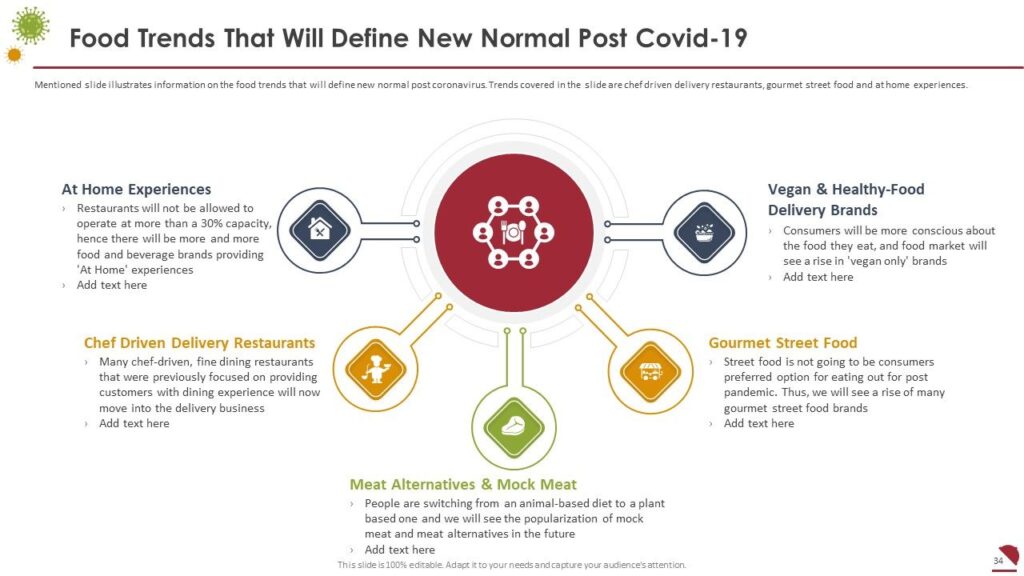The COVID-19 pandemic has caused significant impacts on the food industry, forcing restaurants to adapt to social distancing measures, limited indoor dining, and capacity restrictions. This has resulted in the rise of food delivery services, such as GrubHub, Uber Eats, and DoorDash. The pandemic has caused a significant increase in demand for food delivery services, providing a new revenue stream for restaurants and convenience for customers. However, restaurants must also face the challenges of paying commissions to third-party delivery services that can eat into profits and ensuring food quality. Despite these challenges, food delivery services are here to stay, with the market expected to grow by 10-20% annually and reach $365 billion by 2030. Restaurants will need to continue to adapt and optimize their delivery services to remain competitive.
The Rise of Food Delivery Services: How Restaurants Are Adapting to the New Normal
Introduction
The food industry has been severely impacted by the COVID-19 pandemic. Restaurants have had to adapt to the new normal of social distancing, capacity restrictions, and limited indoor dining. One such adaptation has been the rise of food delivery services.
The Growth of Food Delivery Services
Food delivery services, such as GrubHub, Uber Eats, and DoorDash, have seen a significant increase in demand since the pandemic began. In the first few months of the pandemic, GrubHub reported a 300% increase in new customers. DoorDash’s orders grew by 233% in April 2020 compared to the same period in 2019.
Adapting to the New Normal
Restaurants have had to adapt to the new normal by offering food delivery services to their customers. Many restaurants have partnered with third-party delivery services, while others have started their own delivery services. Some restaurants have also created meal kits for customers to cook at home.
The Benefits of Food Delivery Services
Food delivery services have several benefits for both restaurants and customers. For restaurants, it provides a new revenue stream and the ability to reach a larger customer base. For customers, it offers convenience, safety, and a range of options to choose from.
Challenges for Restaurants
While food delivery services have been a lifeline for many restaurants during the pandemic, they also come with their own set of challenges. Restaurants have to pay a commission to third-party delivery services, which can be as high as 30%. This can eat into the restaurant’s profit margins if they are not careful. Restaurants also have to ensure that the food is packaged correctly and delivered on time to maintain the quality of the food.
The Future of Food Delivery Services
Food delivery services are here to stay even beyond the pandemic. According to a report by McKinsey & Company, the food delivery market is expected to grow by 10-20% annually and reach a value of $365 billion by 2030. Restaurants will need to continue to adapt to this new normal and find ways to optimize their delivery services to compete in this market.
Conclusion
The rise of food delivery services has been a game-changer for the food industry during the pandemic. It has provided a new revenue stream for restaurants and convenience for customers. As we move forward, restaurants will need to continue to adapt and optimize their delivery services to remain competitive in this market.
